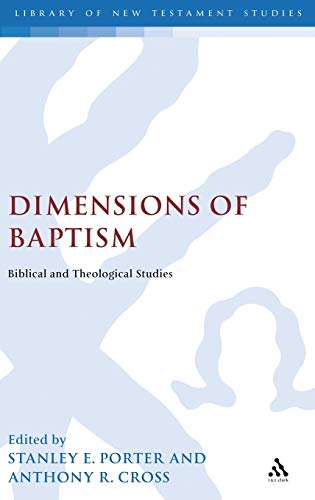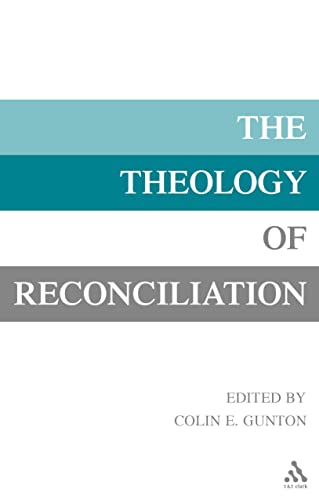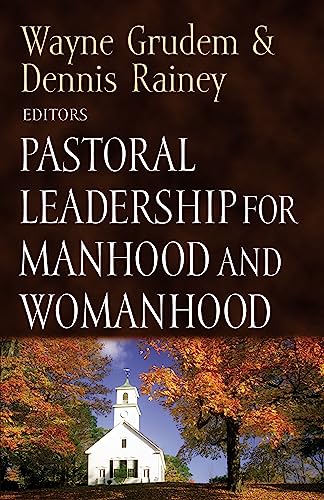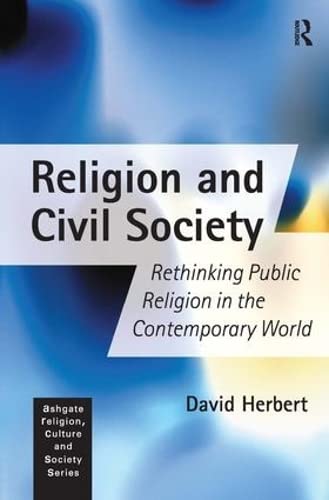BECOMING AND BEING: THE DOCTRINE OF GOD IN CHARLES HARTSHORNE AND KARL BARTH
Written by Colin E. Gunton Reviewed By Jonathan NorgateBecoming and Being addresses the way in which God is conceived in the work of Charles Hartshorne and Karl Barth. The book will be of interest to all those concerned with contemporary reconstructions of classical doctrines of God, as well as students of Barth and, of course, Gunton himself.
The book is a comparative work and begins with an account of the complex philosophical critique of classical theism offered by Hartshorne, before outlining the trinitarian doctrine of God offered by Barth. We will make note of some key features in Gunton’s reading of these two figures.
As with all Gunton’s books, this is not for the faint-hearted! Hartshorne claims that the ‘classical concept of God is internally incoherent’ (11), rejecting the notion of an unaffected God on logical (not theological) grounds (12). For Hartshorne, if God ‘knows’ something, he must be a subject, and a subject must needs be affected by the object of knowledge. Thus, rather than being the unmoved mover, God is the mover, moved by his moving. To this Gunton assents (18). Hartshorne argues that classical accounts of God have embraced only one part of God’s essence, namely his absoluteness, and ignored the other, his ‘relative perfection’ (27). In contrast, Hartshorne seeks to affirm both ‘poles’, a move which takes him into the realm of panentheism, according to which ‘God the absolute-and-relative combine into a conception of God as “Creator-and the whole-of-what-he-has-created” ’ (29). The cash value of this conceptualisation is that God ceases to be pure being and becomes (!) ‘pure becoming’ (33). To this, Gunton responds by arguing that Hartshorne has in fact created an ineffective deity, incapable of moving because he must wait for the movement of the world for him to develop (51). In his exposition of Barth, Gunton begins to outline the chief objections to Hartshorne, and it is clear that his sympathies lie with Barth’s theological approach. For Barth, of course, we begin not with ‘innate intellectual equipment so much as the gift of God in Christ’ (118), and while he, like Hartshorne, adheres to a coherent ‘set of axioms’ (119), rational enquiry begins from Jesus Christ and leads ‘inexorably … to the description of God in his triune reality’ (128). Gunton leads us through the details of this triune reality, covering Barth’s controversial accounts of divine personhood (141), divine temporality (178), and shows how Barth’s trinitarian configuration of the doctrine of God allows him to posit God as he who determines himself to become who he is (198). In contrast to Hartshorne who, in his account of the two poles of God’s being which are reconciliable only through the mediation of the world, for Barth there is no competition in God between his love and his freedom, since the fact of the incarnation/reconciliation does not prove that it was a necessary act of love (for we are not in the business of speculating ‘what if God had not become a man’), but on the contrary through the divine act we recognise it as a free act of grace. Because God has done something does not mean that he had to do it, simply and wonderfully that he did do it.
All in all a demanding work which will be of value to all those who wish to continue the active engagement with Barth (and Gunton).
Jonathan Norgate
Aberdeen






